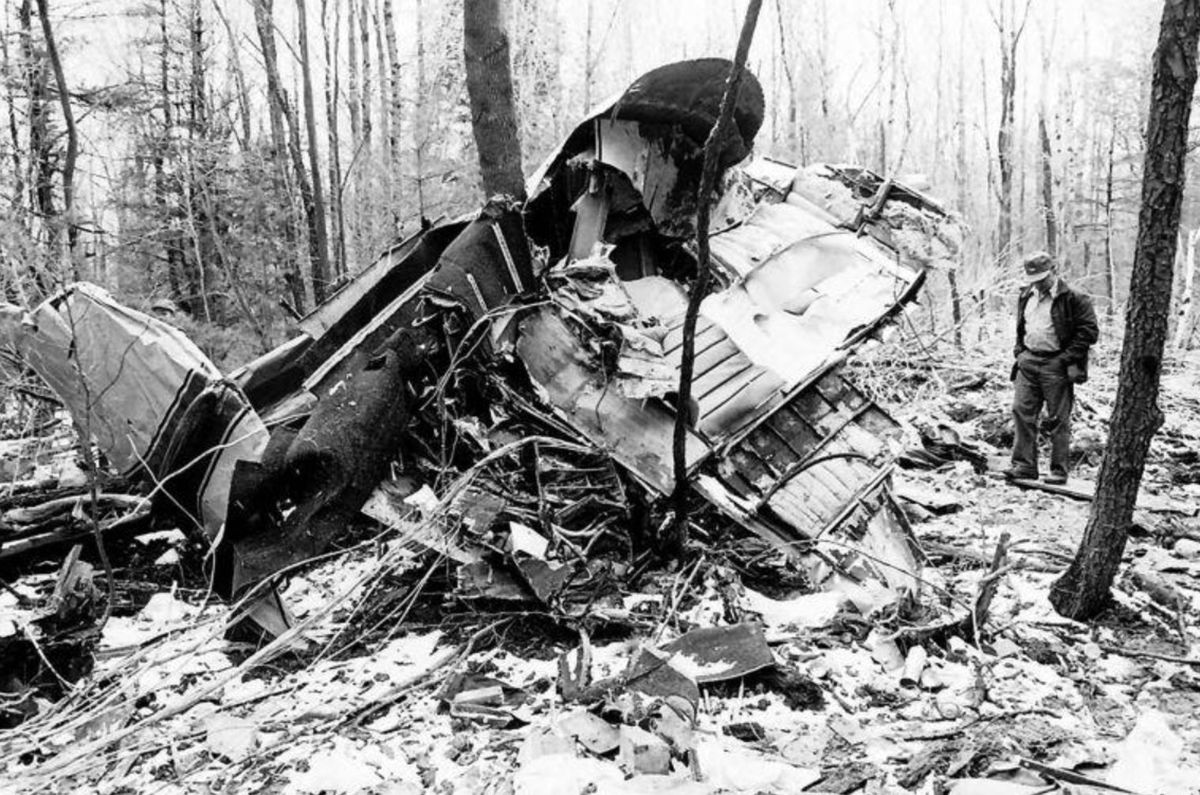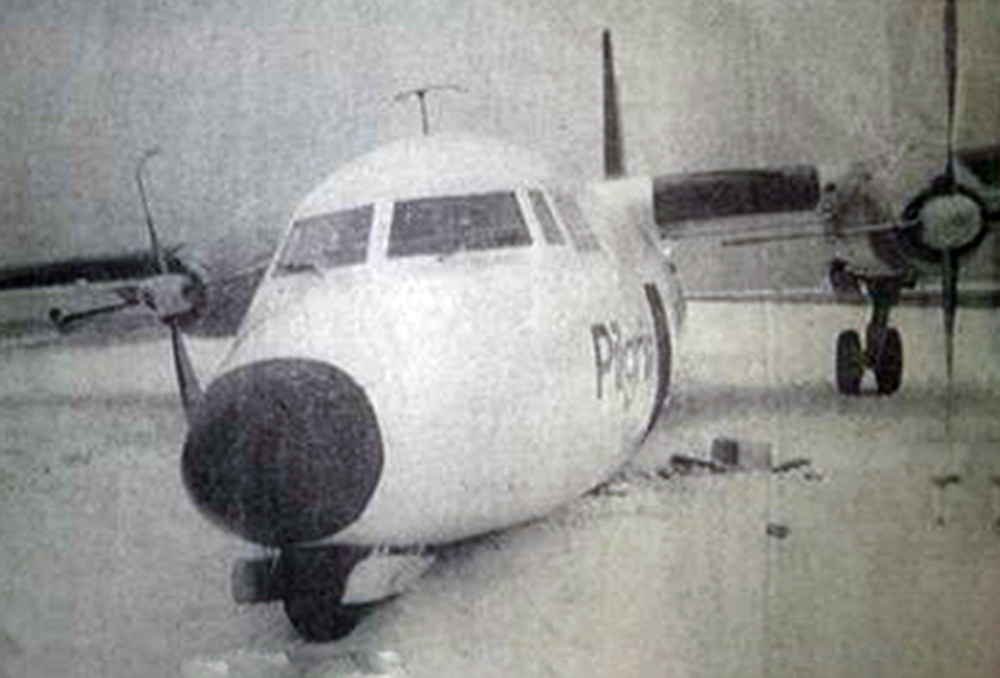Crash of a Cessna 402B in Rochester: 1 killed
Date & Time:
Dec 22, 1984 at 1733 LT
Registration:
N8064Q
Survivors:
No
Schedule:
Rochester - Teterboro
MSN:
402-0400
YOM:
1973
Crew on board:
1
Crew fatalities:
Pax on board:
0
Pax fatalities:
Other fatalities:
Total fatalities:
1
Aircraft flight hours:
6194
Circumstances:
Prior to takeoff the pilot was informed of wind shear as centerfield winds as 270° at 25 knots gust to 46 knots and northwest boundary winds as 280° at 13 knots. During takeoff the pilot reported an opened door and requested to return to land. The aircraft turned left and descended to the ground. Examination of the aircraft did not disclose evidence of malfunction. Examination of the aircraft doors revealed the right side cargo door securing mechanisms were relatively undamaged. Flight test conducted to evaluate the effects of a opened door disclosed in part the following. The door will open and remain open during rotation; results in noise and vibration; no abnormal flight characteristics; no significant change in multi-engine climb performance. Pilot landing in jet aircraft prior to accident reported moderate turbulence with a plus or minus 10 to 15 knots change in airspeed from 2,000 feet msl to the surface. The pilot, sole on board, was killed.
Probable cause:
Occurrence #1: miscellaneous/other
Phase of operation: takeoff - initial climb
Findings
1. (f) door, cargo/baggage - fire
2. (c) preflight planning/preparation - inadequate - pilot in command
----------
Occurrence #2: loss of control - in flight
Phase of operation: takeoff - initial climb
Findings
3. (f) weather condition - windshear
4. (f) weather condition - unfavorable wind
5. (c) airspeed - not maintained - pilot in command
6. (c) inattentive - pilot in command
7. (c) stall - inadvertent - pilot in command
----------
Occurrence #3: on ground/water encounter with terrain/water
Phase of operation: descent
Phase of operation: takeoff - initial climb
Findings
1. (f) door, cargo/baggage - fire
2. (c) preflight planning/preparation - inadequate - pilot in command
----------
Occurrence #2: loss of control - in flight
Phase of operation: takeoff - initial climb
Findings
3. (f) weather condition - windshear
4. (f) weather condition - unfavorable wind
5. (c) airspeed - not maintained - pilot in command
6. (c) inattentive - pilot in command
7. (c) stall - inadvertent - pilot in command
----------
Occurrence #3: on ground/water encounter with terrain/water
Phase of operation: descent
Final Report:










